
HOW TO CLEAN CARPETS WITH NON-SLIP BACKING?
When it is time to clean we may be faced with a question: how do we wash carpets with non-slip bottoms? That is, can the rubberised backing in bathroom and kitchen carpets be a problem?
That the carpet has a non-slip backing, rubber or latex, is a huge advantage for the safety and user-friendliness of our textiles, and the best products are made precisely in this way. In this way, however, the carpet turns out to be composed, in most cases, of two coupled materials, one for the surface and one for the bottom, often of a very different nature. What to do when washing?
Let's look together at some ideas on this subject which, in our opinion, does not present any real technical difficulties, because the solutions are many and all within reach. There are very few tips on how best to achieve cleanliness. Everything changes if, on the other hand, we want to consider the idea that washing carpets at home is first and foremost a "green" issue of respect for the environment. So let's ask ourselves a few questions, prioritising the topics.

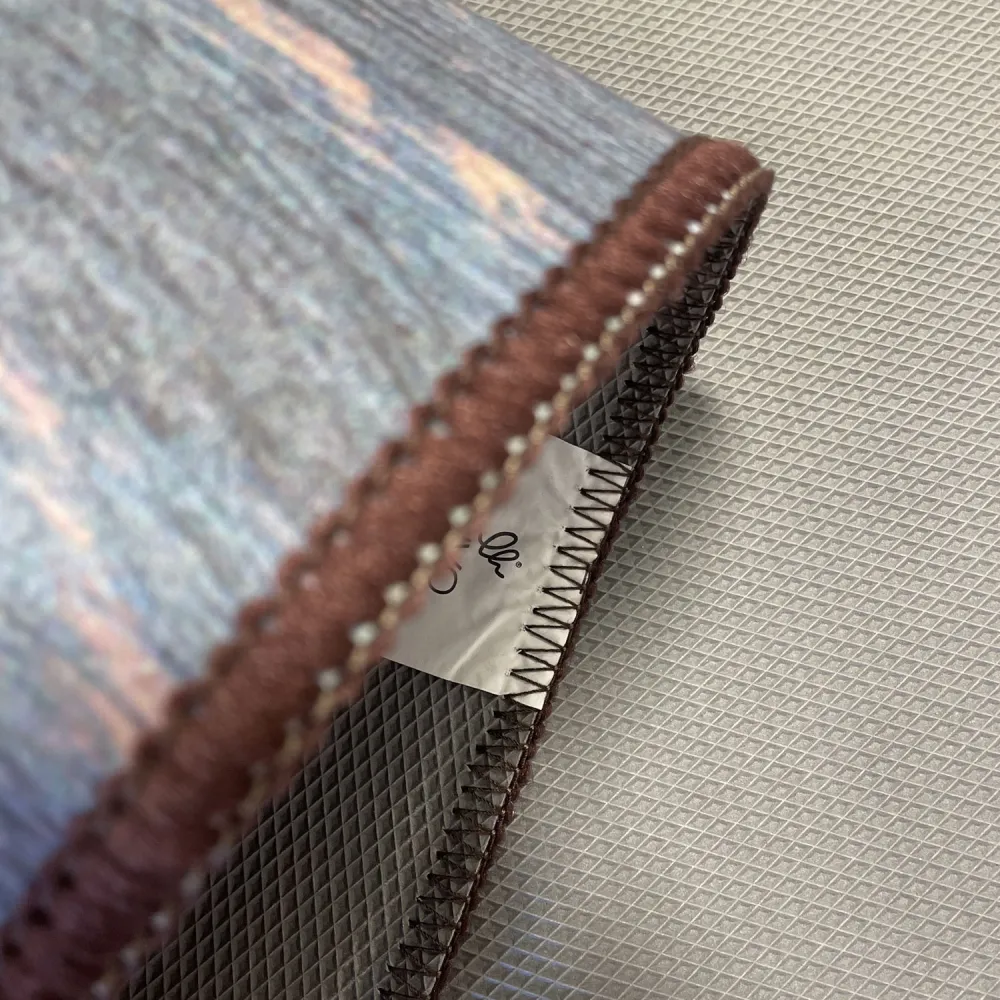
How to clean non-slip carpets and respect the environment?
It is now well established: there is no need to wash at 60 or 90 degrees, especially when it comes to kitchen and bathroom carpets, which certainly do not aspire to sterility! The need for deep sanitisation is really a rare case, different from the cleanliness we can maintain with frequent, milder washes. High temperatures are never a sustainable choice, because they impose long washes and greater use of energy and water.
The balance between cleanliness and environmental friendliness can be found in short-cycle, low-temperature washes. A topic in its own right are detergents, which will be biodegradable (and used in the right quantities, without excesses), or even replaced by natural elements, such as white vinegar, lemon and cedar oil, or eucalyptus, all very effective in their sanitising action.
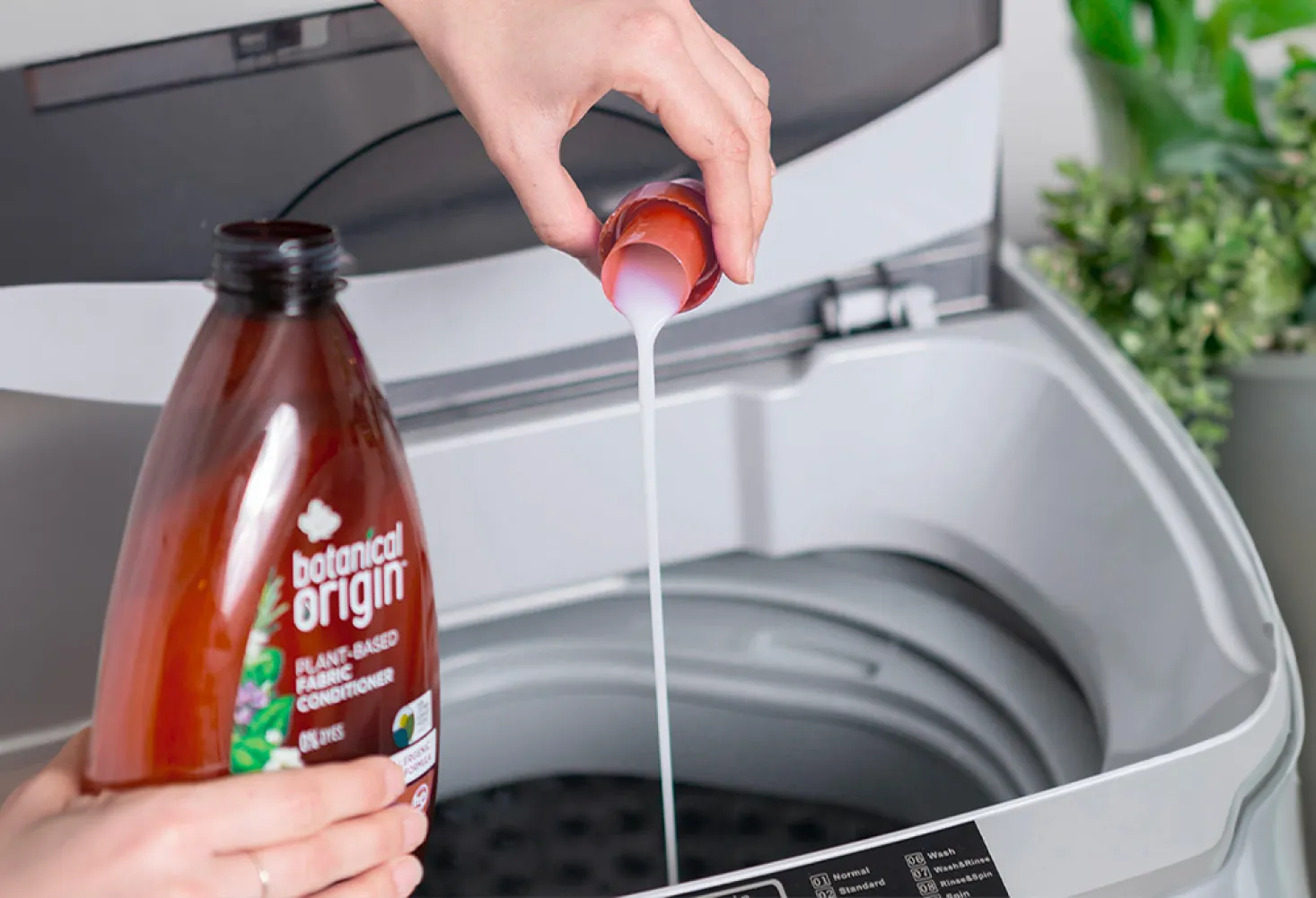
Carpets with non-slip backing: do cleanliness and care conflict?
They should not, but the risk is there. If by cleaning we mean violent brushing or spinning, with aggressive chemicals, the durability and beauty of our carpets will certainly suffer, because they will be really put to the test. Unless each cleaning step is handled in a firm but 'gentle' manner. We will proceed by shaking the carpets, vacuuming them before putting them in the wash, using the right pre-washing products to treat tough stains; in this way we will not need detergents or particularly wearisome treatments for the yarns, and our carpets will remain beautiful and clean for a really long time. Our best friend in this respect will be the label, which you should always read before you start washing a slip-resistant carpet at home.

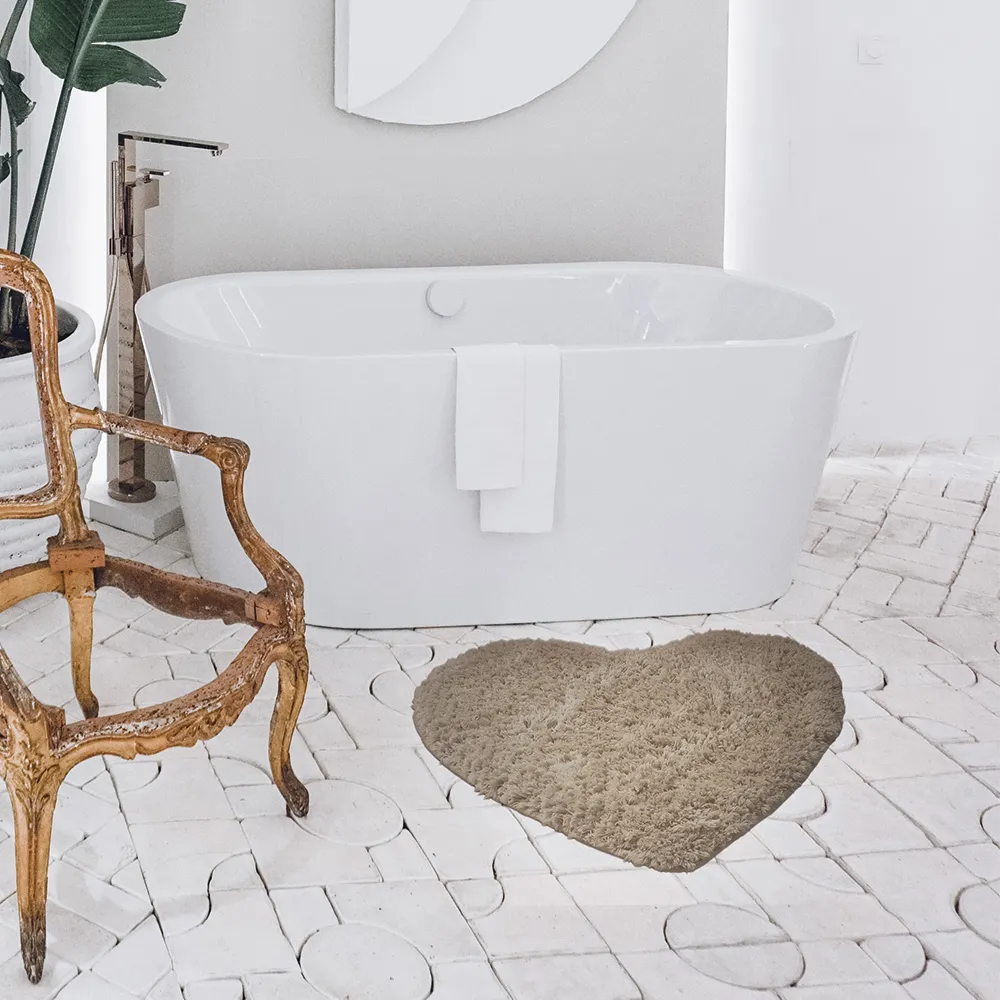
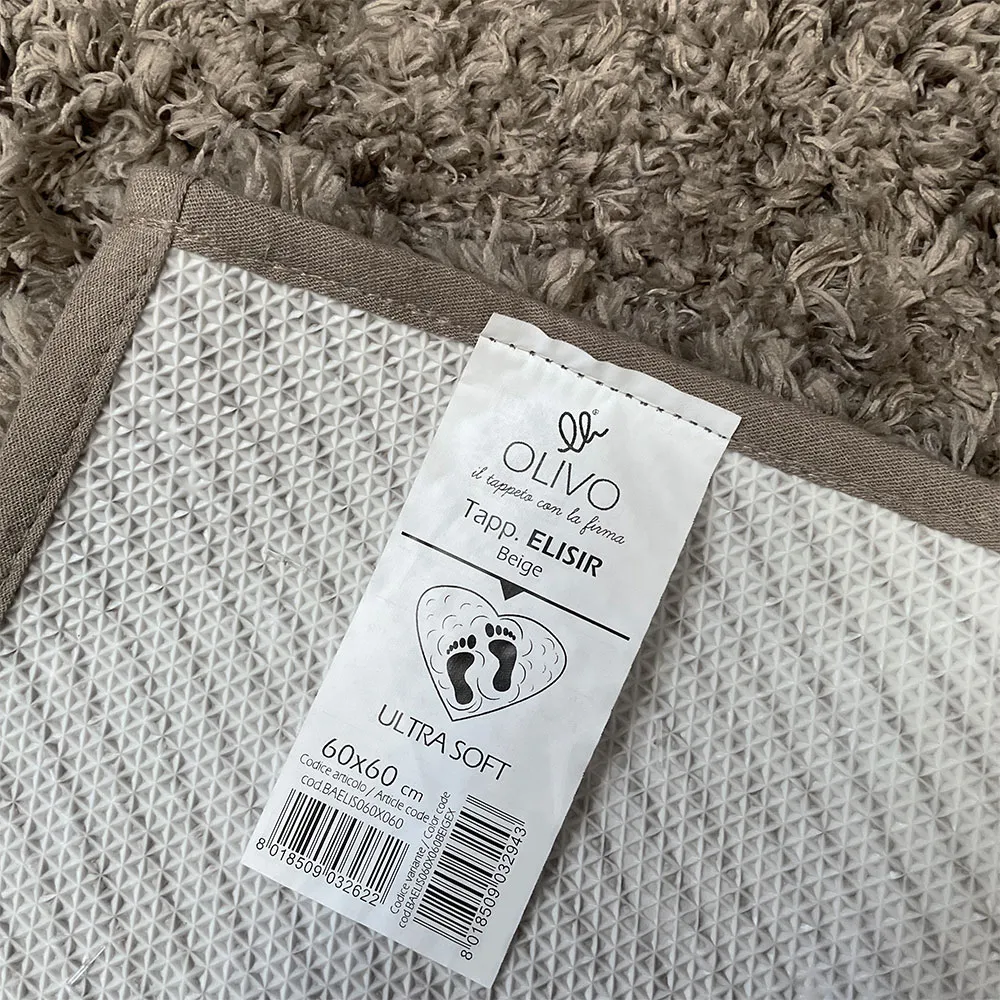
Cleaning non-slip carpets: read the label
On the label, the manufacturer always provides all useful information on how best to preserve the carpet. It already takes into account the coexistence of different materials, so, for example, for a cotton carpet with a non-slip, rubber or latex backing, washing at 30°C is recommended (although cotton would withstand higher temperatures). Treatments that should be avoided (such as ironing, bleaching, dry cleaning or tumble drying) are also indicated.
We have taken special care with clear language and clear images. On the label, we also list the certifications that attest to the quality of the carpet from a sustainability point of view.
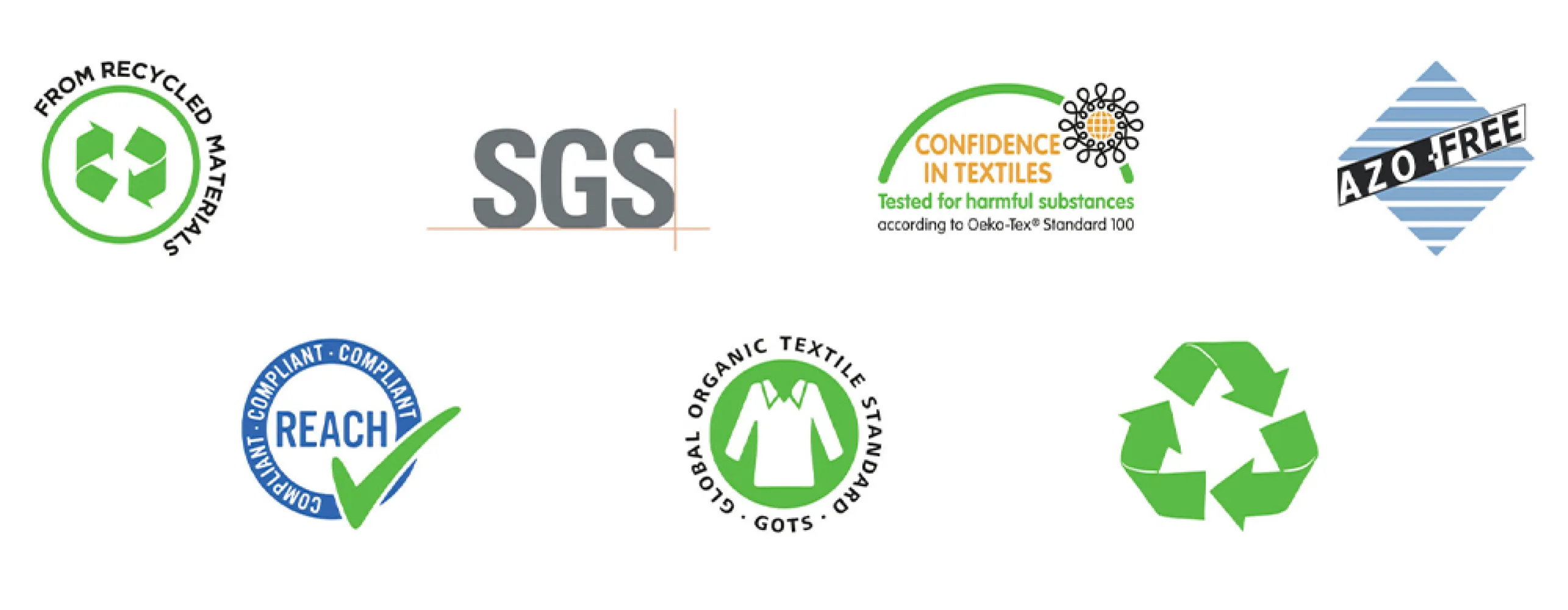
Carpets with non-slip bottoms: hand or machine washing?
Practically speaking, if you have to wash a carpet with a non-slip bottom, there are always two options: by hand or in the washing machine? The choice remains personal, and may not always be the same, because each method has its pros and cons. Washing by hand means treating the carpet more carefully, taking care when treating the edges, or working well on a specific stain. It can also mean not wasting water, if certain precautions are taken. Newer washing machines have greatly reduced the amount of water used per wash, with an 8 kg machine now consuming around 40 to 50 litres of water. The saving, if washing by hand, lies in the possibility of collecting the water for a second use (e.g. for watering plants, provided the detergent is organic). The machine, on the other hand, will certainly give a more vigorous washing and a more effective wringing out. Needless to say, in the case of large carpets, or those with a particularly hard base, it is not recommended to use the washing machine, as it could be put under undue stress.

Common sense
As is often the case, the measure of it all comes down to a healthy common sense, which inspires balance, warns against unnecessary waste, and allows one to assess the situation on a case-by-case basis. The same dowry suggests always having a spare carpet, to replace or alternate the one we are washing. In this way, even drying times will not be a problem, and our house will not be without carpets and aisles for a minute!
.

